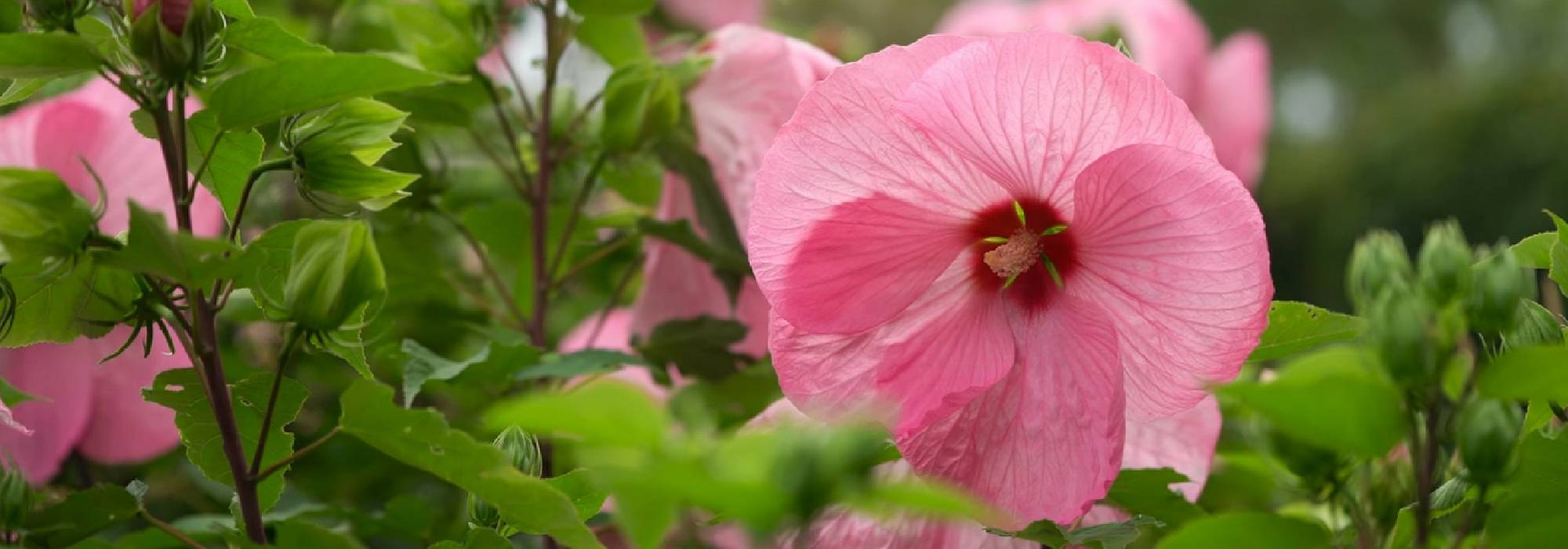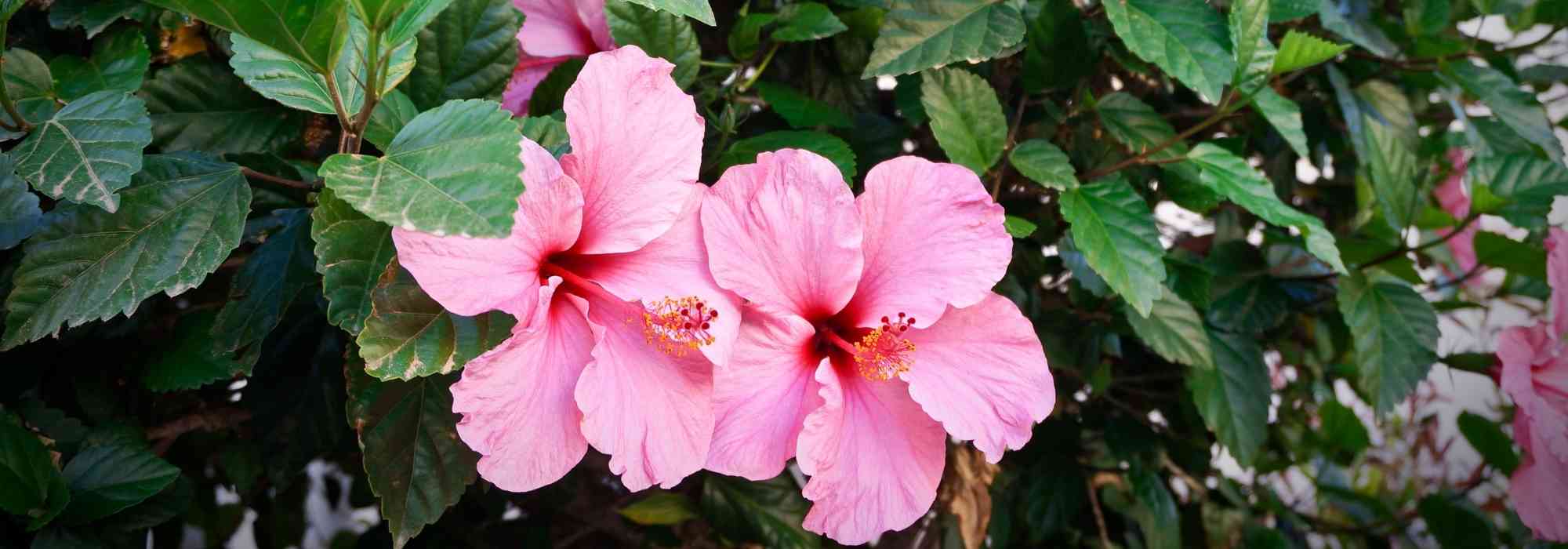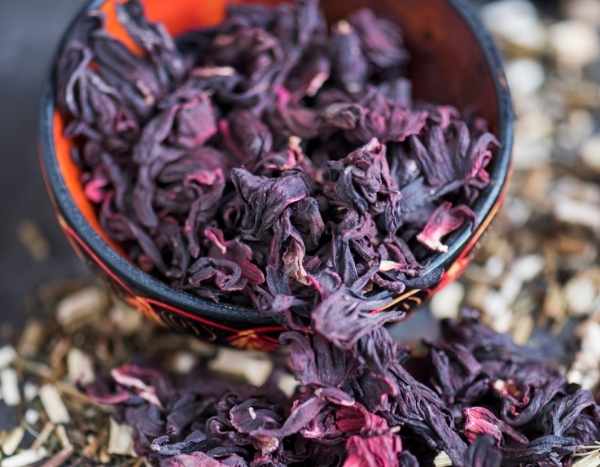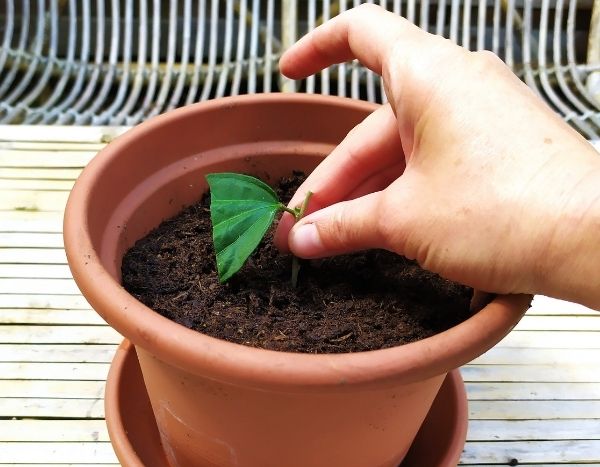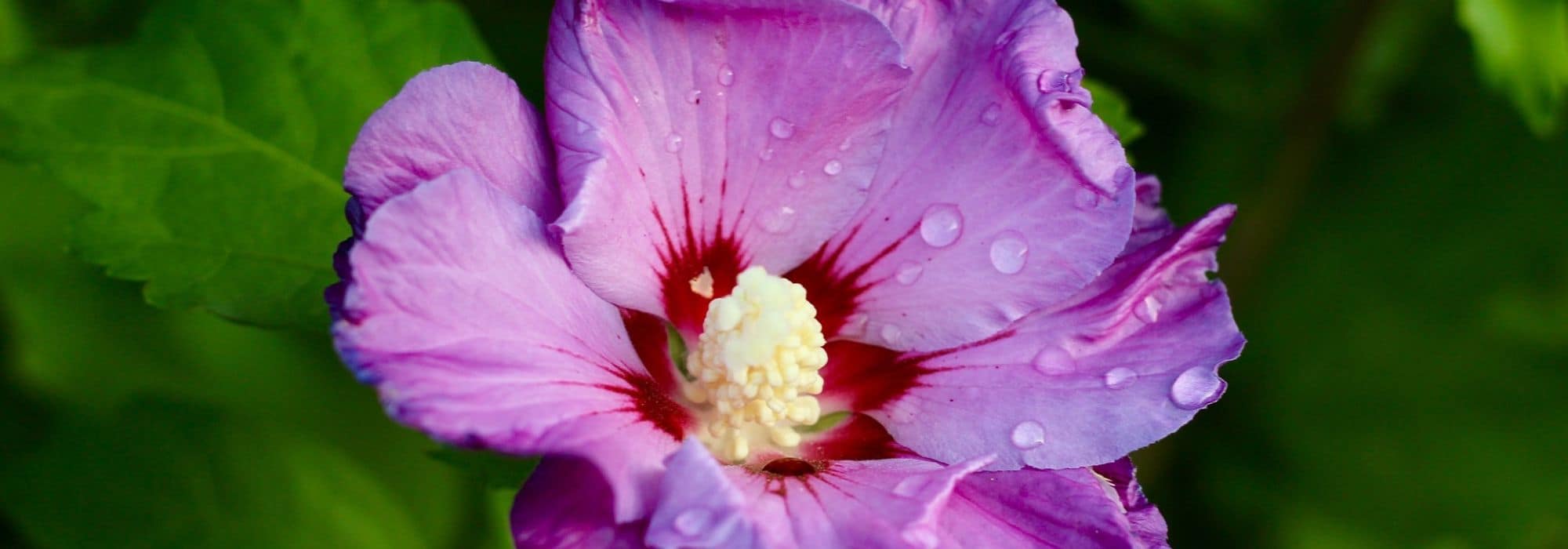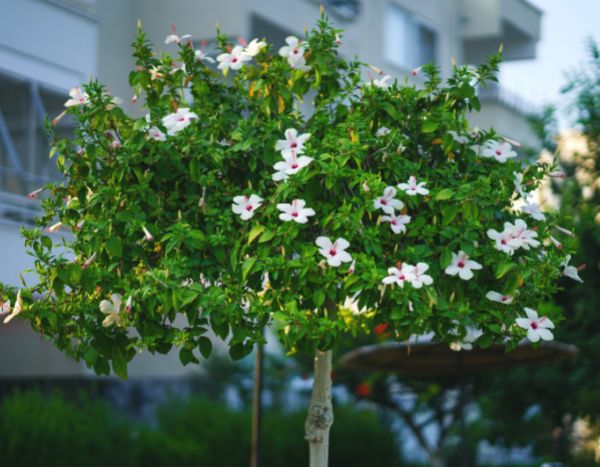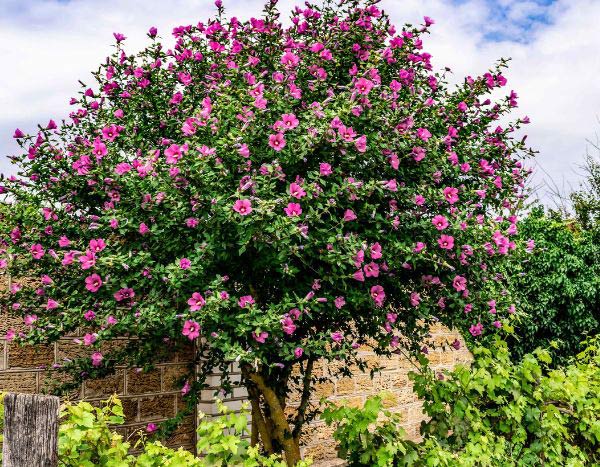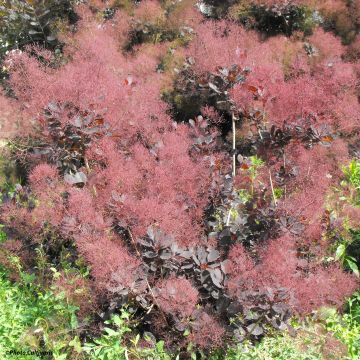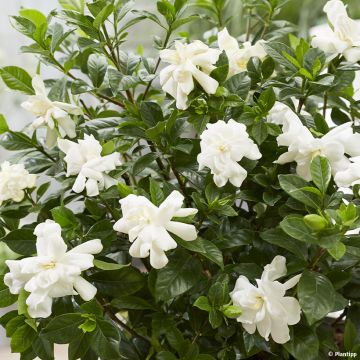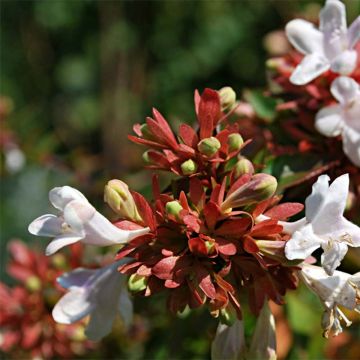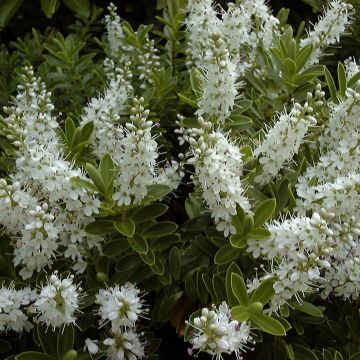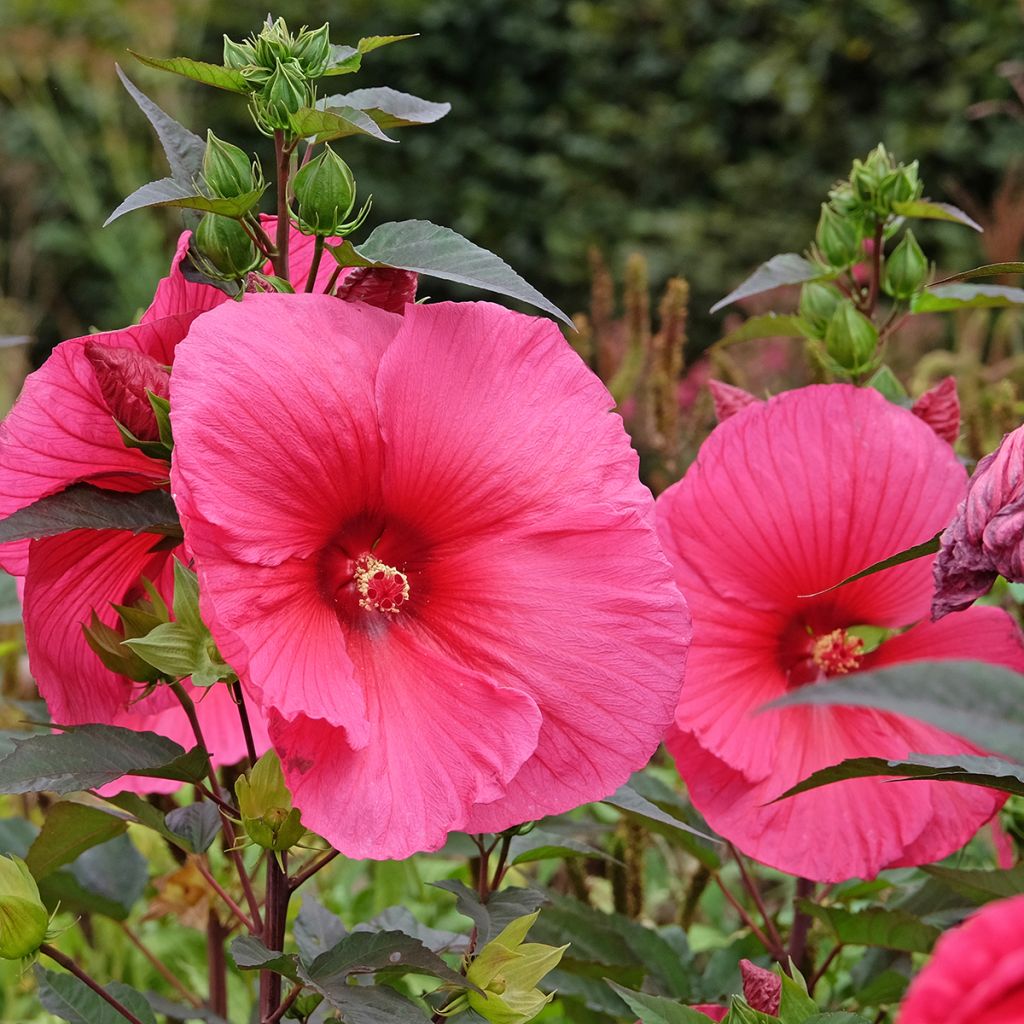

Hibiscus moscheutos Planet Griotte - Swamp Rose Mallow
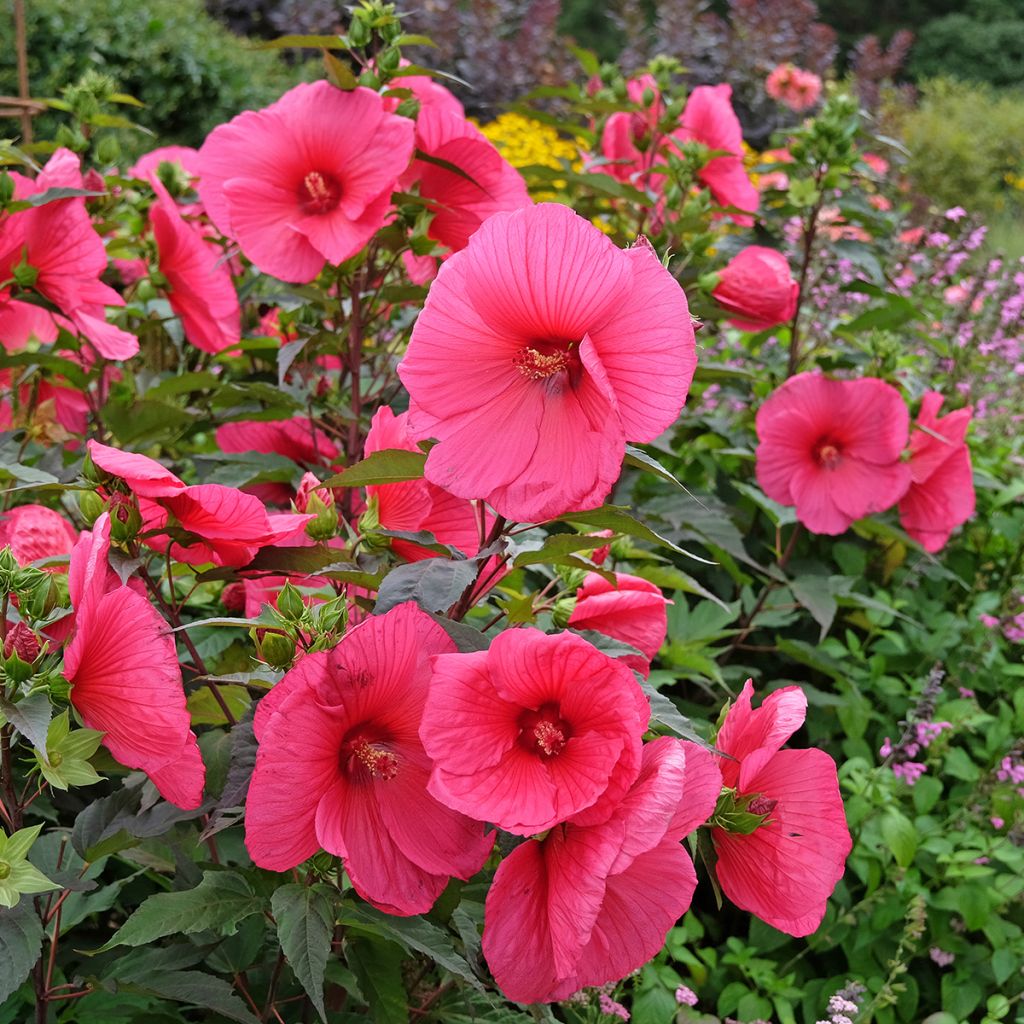

Hibiscus moscheutos Planet Griotte - Swamp Rose Mallow
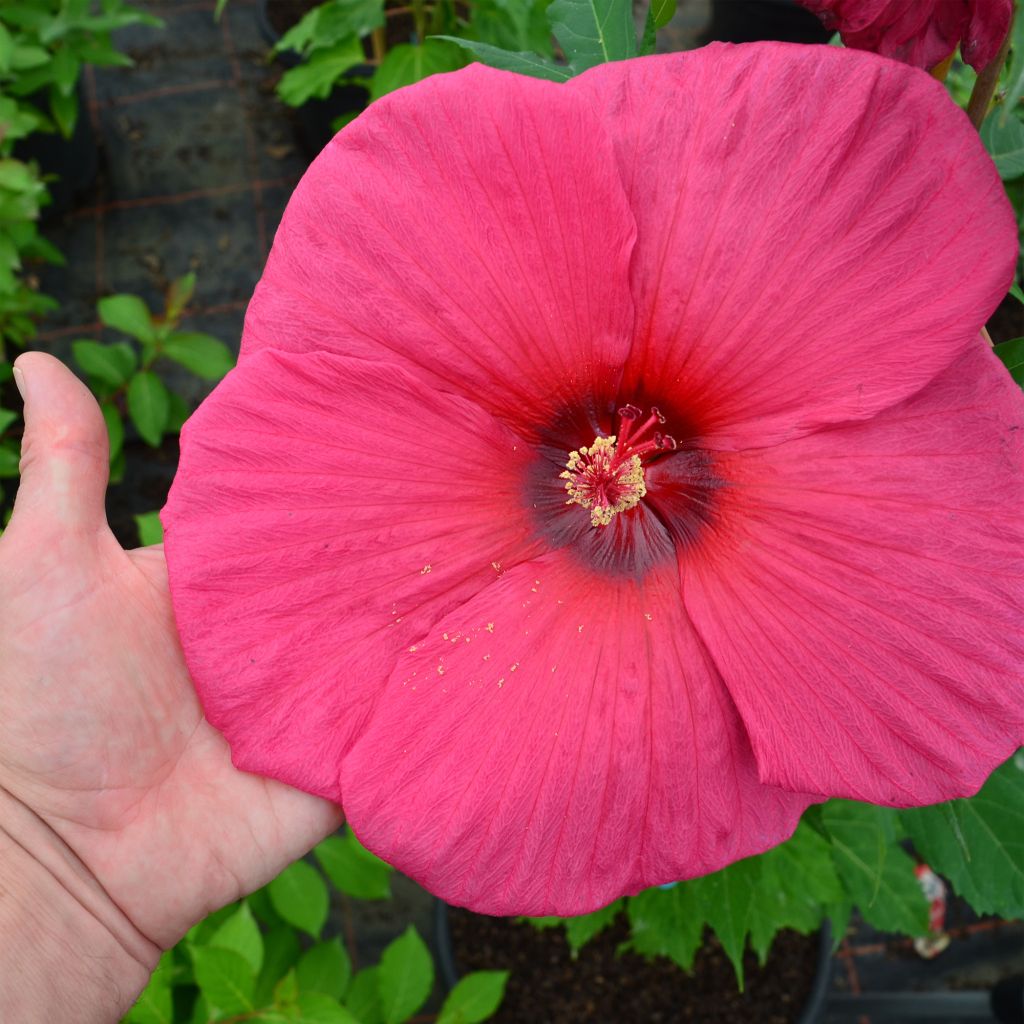

Hibiscus moscheutos Planet Griotte - Swamp Rose Mallow
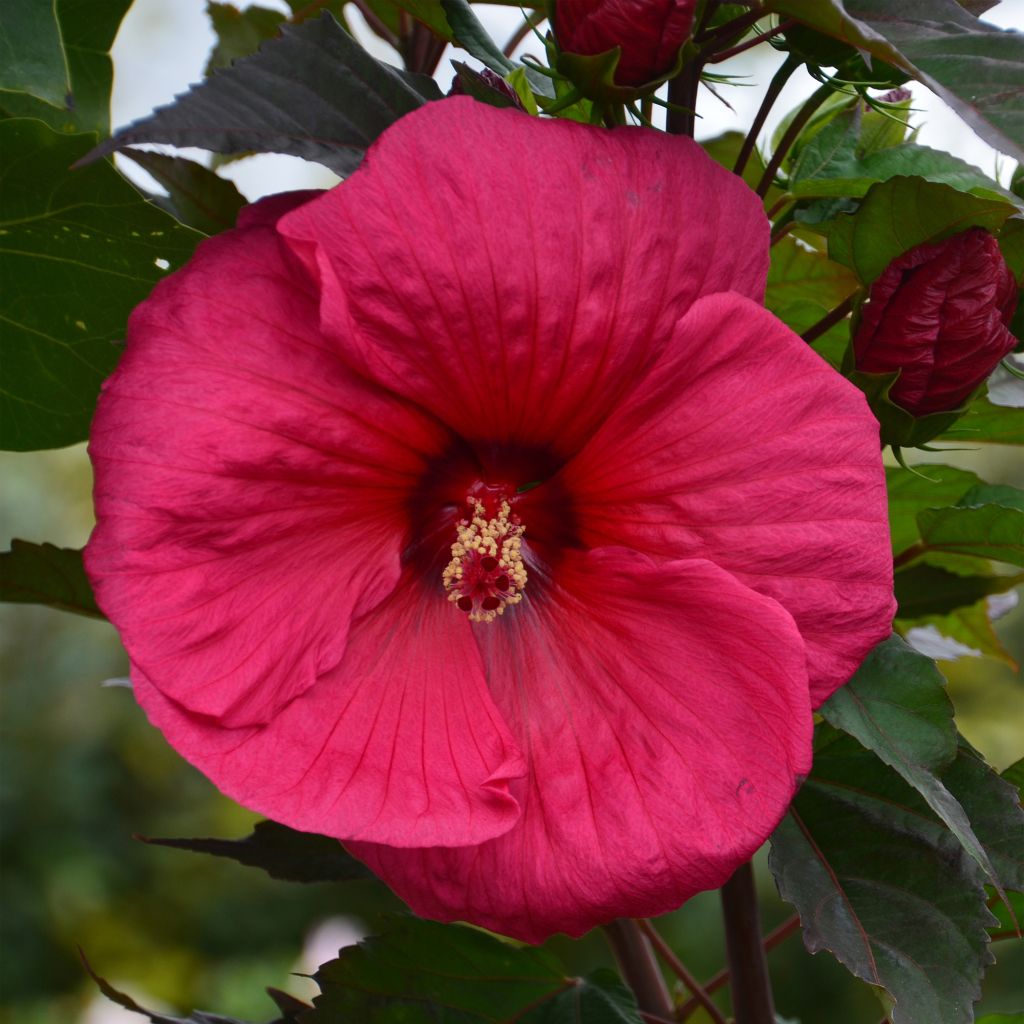

Hibiscus moscheutos Planet Griotte - Swamp Rose Mallow
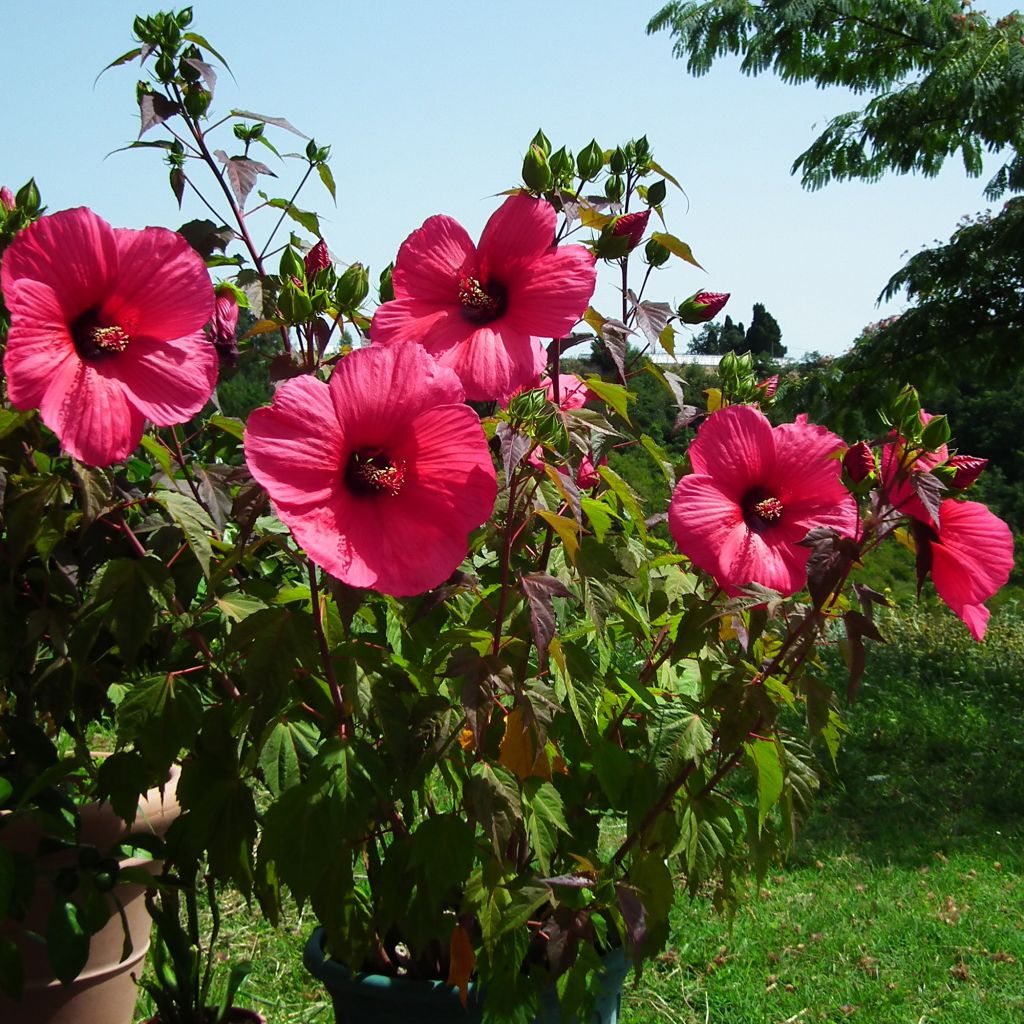

Hibiscus moscheutos Planet Griotte - Swamp Rose Mallow
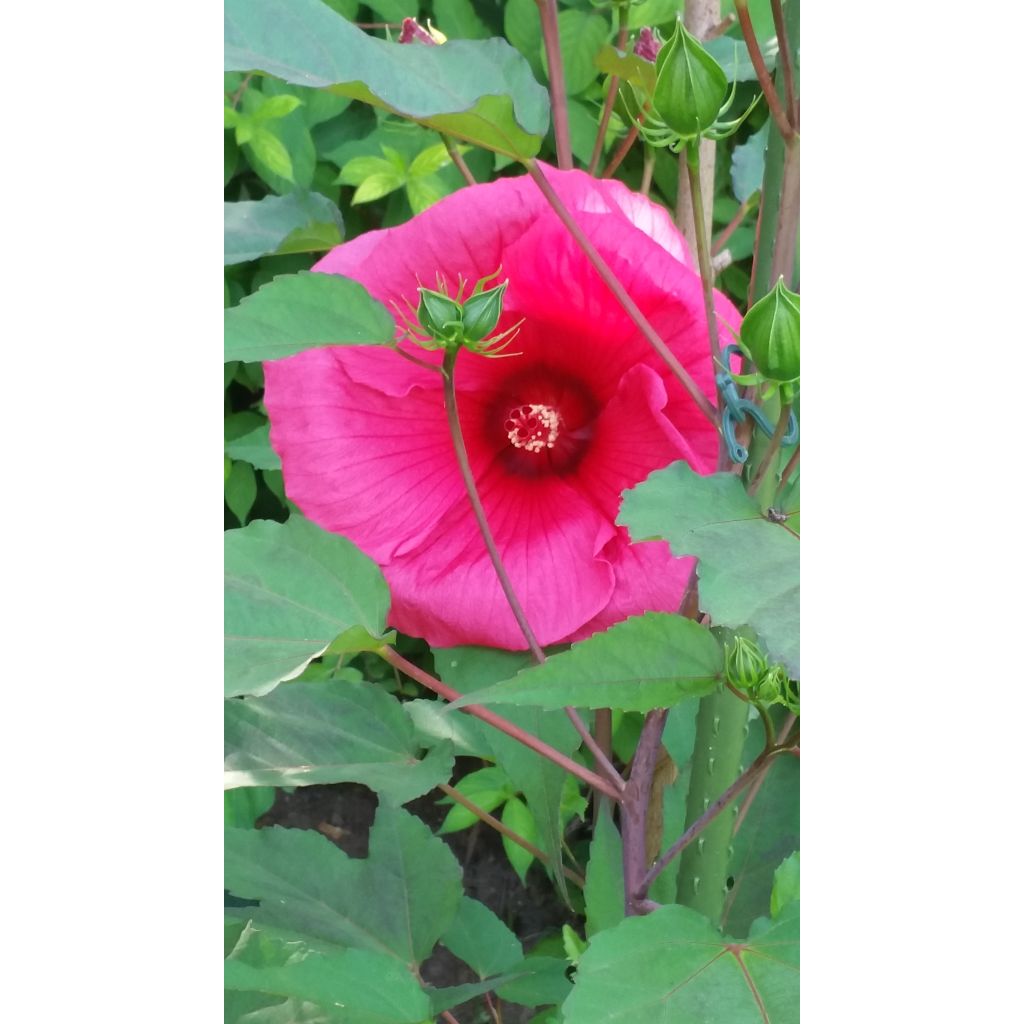

Hibiscus moscheutos Planet Griotte - Swamp Rose Mallow
View more pictures
Hide images
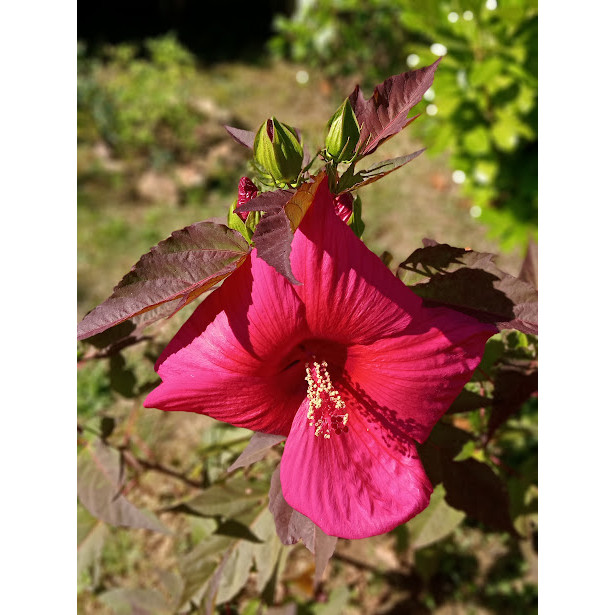
Catherine E.

Marsh hibiscus
Catherine E. • 19 FR
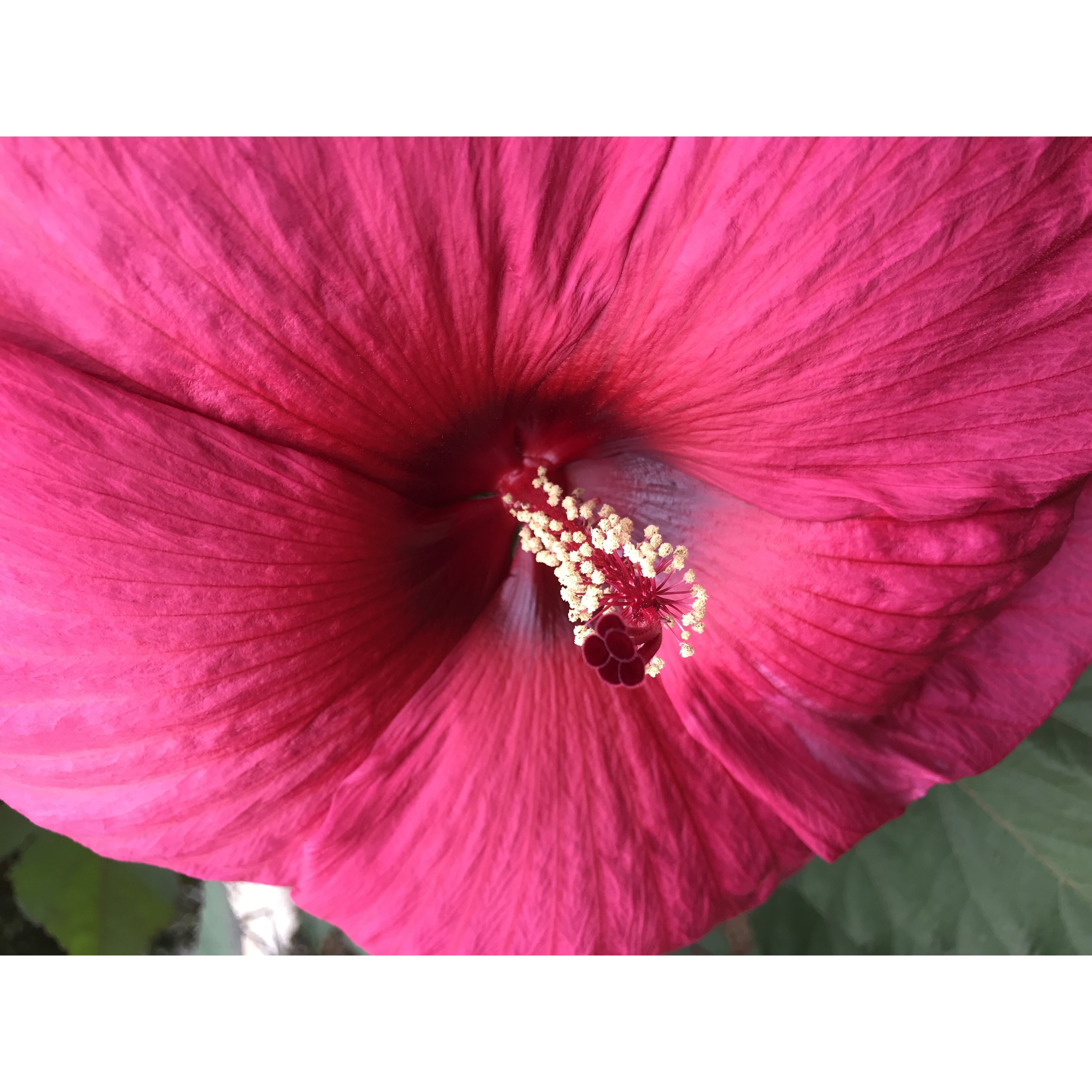
Armelle B.

Armelle B. • 41 FR
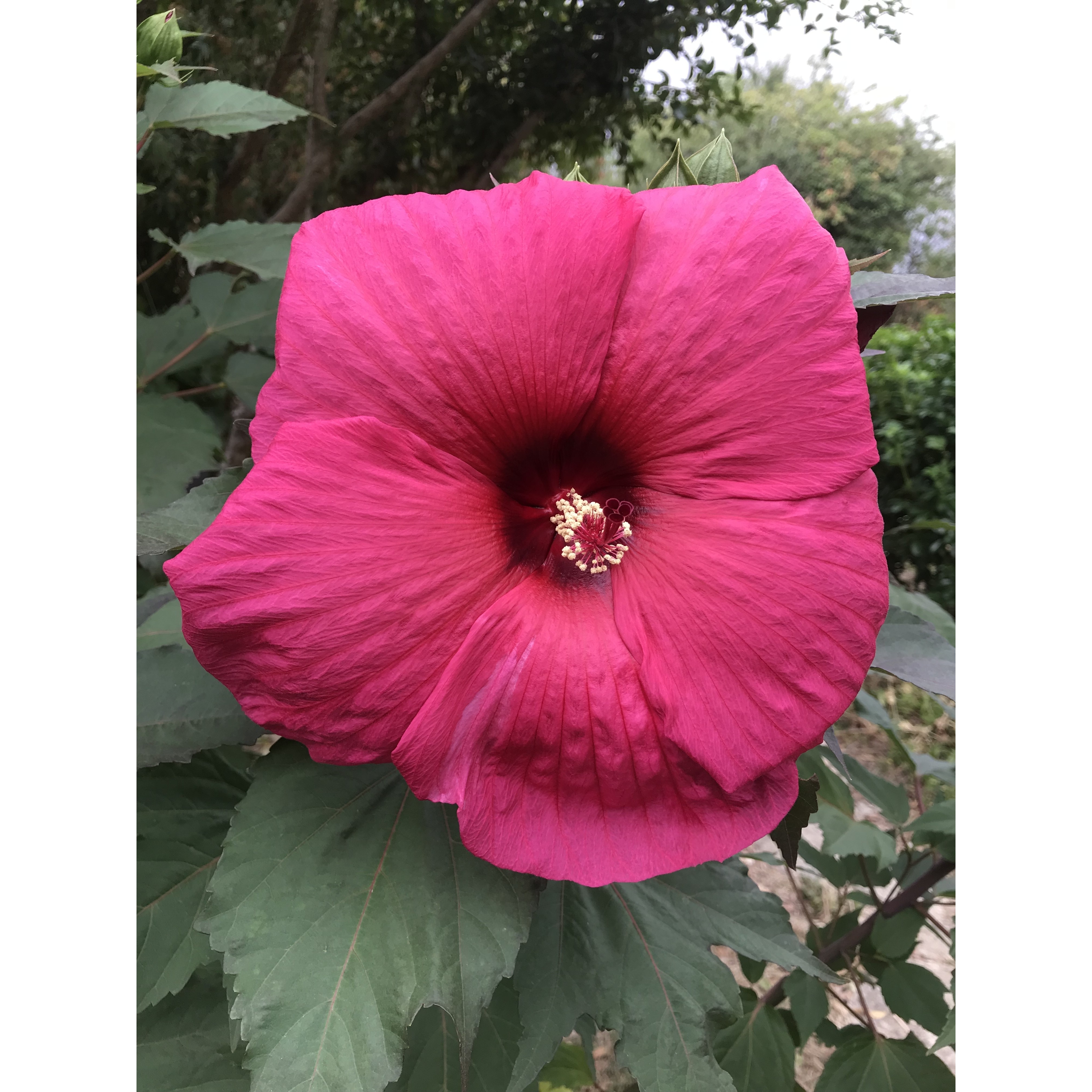
Armelle B.

Armelle B. • 41 FR
Hibiscus moscheutos Planet Griotte - Swamp Rose Mallow
Hibiscus moscheutos PLANET® Griotte 'TANGRI'
Swamp Rose Mallow, Eastern Rose Mallow, Crimsoneyed Rose Mallow, Marsh Hibiscus
I'm sorry to hear about your experience. It's been a month and still no sign of any leaves.
question, 13/04/2024
Special offer!
Receive a €20 voucher for any order over €90 (excluding delivery costs, credit notes, and plastic-free options)!
1- Add your favorite plants to your cart.
2- Once you have reached €90, confirm your order (you can even choose the delivery date!).
3- As soon as your order is shipped, you will receive an email containing your voucher code, valid for 3 months (90 days).
Your voucher is unique and can only be used once, for any order with a minimum value of €20, excluding delivery costs.
Can be combined with other current offers, non-divisible and non-refundable.
Home or relay delivery (depending on size and destination)
Schedule delivery date,
and select date in basket
This plant carries a 24 months recovery warranty
More information
We guarantee the quality of our plants for a full growing cycle, and will replace at our expense any plant that fails to recover under normal climatic and planting conditions.

Would this plant suit my garden?
Set up your Plantfit profile →
Description
The Hibiscus moscheutos 'Planet Griotte Tangri' is a superb selection from the Planet series, developed for its early and particularly long flowering, spreading from July to September. Its flowers are short-lived, in huge flat cups, as wide as plates, displaying a cherry red colour that stands out from afar. The plant forms new flowers every two to three days on this amazing perennial hibiscus with a woody base that is adapted to marshlike soils. It fades every winter, to be reborn in spring, crowned with heavily weighted branches of lush foliage, tinged with purple, highly ornamental throughout the growing season. A spectacular plant for water features, or even in large pots, kept very moist on the terrace.
The Hibiscus moscheutos is an herbaceous plant with a woody base from the family of Malvaceae, cousin to mallow and hollyhocks. It is native to marshes in the southern United States, where it can reach up to 2m (6 ft 7 in) in height. In our climate, this marsh mallow produces straight, upright stems every year, quite late in spring, forming an open bush. Horticulturists have taken hold of this amazing botanical species and have obtained numerous very interesting cultivars, displaying larger flowers and increased floribundity. Among them, the 'Planet' series stands out, with well-branched plants that can withstand temperatures as low as -12°C and require less sun to develop their long flowering period, which is an advantage when summers are cool.
The 'Griotte' variety forms a beautiful bushy clump that will quickly reach 1.70m (5 ft 7 in) in height and 1.20m (3 ft 11 in) in width. This cultivar is distinguished by its large single flowers that can reach 25cm (9.8 in) in diameter, with a vibrant colour, a very rich red that evokes ripe cherries. The large, uniform leaves of this selection are divided into 3 pointed lobes, with a dark greenish-purple colour even outside the flowering period.
Adorned with diplomas, the Hibiscus moscheutos 'Planet Griotte Tangri' received the Bronze Medal at Plantarium 2013 (Boskoop - NETHERLANDS), as well as the First Prize AQUIFLOR Eco'Innovation in 2014 (Bordeaux - FRANCE). This superb plant will bring a different dimension to marshy flowerbeds, but it is when planted on the edge of a pond that it will truly shine, accompanied by a Gunnera mannicata, cannas, or a Colocasia esculenta. It also allows for the creation of sumptuous pots with a very exotic charm.
Hibiscus moscheutos Planet Griotte - Swamp Rose Mallow in pictures
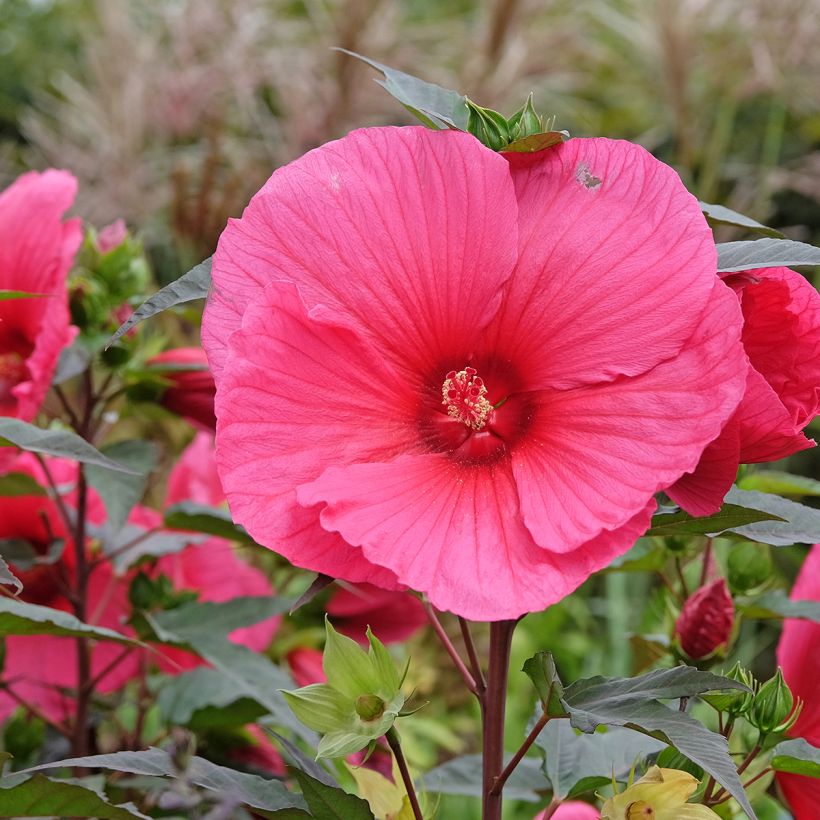

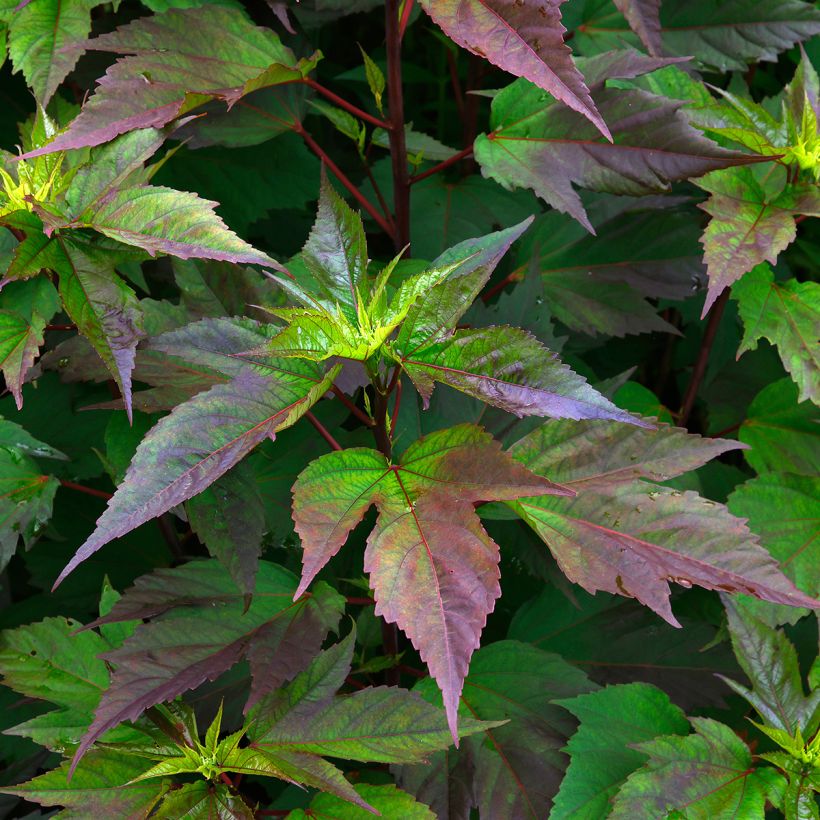



Plant habit
Flowering
Foliage
Botanical data
Hibiscus
moscheutos
PLANET® Griotte 'TANGRI'
Malvaceae
Swamp Rose Mallow, Eastern Rose Mallow, Crimsoneyed Rose Mallow, Marsh Hibiscus
Cultivar or hybrid
Planting and care
The moscheutos species offered here is a type of Hibiscus genus that includes perennials whose above-ground parts disappear during winter. Although primarily known for their shrubby forms, these marsh plants can add an exotic touch to your garden, especially when planted with Hardy Hibiscus or hardy bananas in a warm location with rich and moist soil. They are hardy plants withstanding temperatures down to -15°C (5°F) but require winter protection in colder climates.
To create a flower bed, dig a hole 40 cm (15.7 in) in all directions, line it with waterproof film, and fill it with a mixture of good garden soil and fertilizer. Keep the soil constantly moist during the shoot and flowering period. As soon as the leaves turn yellow in October, keep the soil moist and cut back the stems to 5 cm (2 in) above the ground in late autumn. Growth resumes late in spring, typically in April or May, depending on the climate.
Planting period
Intended location
Care
Planting & care advice
-
, onOrder confirmed
Reply from on Promesse de fleurs
Similar products
Haven't found what you were looking for?
Hardiness is the lowest winter temperature a plant can endure without suffering serious damage or even dying. However, hardiness is affected by location (a sheltered area, such as a patio), protection (winter cover) and soil type (hardiness is improved by well-drained soil).

Photo Sharing Terms & Conditions
In order to encourage gardeners to interact and share their experiences, Promesse de fleurs offers various media enabling content to be uploaded onto its Site - in particular via the ‘Photo sharing’ module.
The User agrees to refrain from:
- Posting any content that is illegal, prejudicial, insulting, racist, inciteful to hatred, revisionist, contrary to public decency, that infringes on privacy or on the privacy rights of third parties, in particular the publicity rights of persons and goods, intellectual property rights, or the right to privacy.
- Submitting content on behalf of a third party;
- Impersonate the identity of a third party and/or publish any personal information about a third party;
In general, the User undertakes to refrain from any unethical behaviour.
All Content (in particular text, comments, files, images, photos, videos, creative works, etc.), which may be subject to property or intellectual property rights, image or other private rights, shall remain the property of the User, subject to the limited rights granted by the terms of the licence granted by Promesse de fleurs as stated below. Users are at liberty to publish or not to publish such Content on the Site, notably via the ‘Photo Sharing’ facility, and accept that this Content shall be made public and freely accessible, notably on the Internet.
Users further acknowledge, undertake to have ,and guarantee that they hold all necessary rights and permissions to publish such material on the Site, in particular with regard to the legislation in force pertaining to any privacy, property, intellectual property, image, or contractual rights, or rights of any other nature. By publishing such Content on the Site, Users acknowledge accepting full liability as publishers of the Content within the meaning of the law, and grant Promesse de fleurs, free of charge, an inclusive, worldwide licence for the said Content for the entire duration of its publication, including all reproduction, representation, up/downloading, displaying, performing, transmission, and storage rights.
Users also grant permission for their name to be linked to the Content and accept that this link may not always be made available.
By engaging in posting material, Users consent to their Content becoming automatically accessible on the Internet, in particular on other sites and/or blogs and/or web pages of the Promesse de fleurs site, including in particular social pages and the Promesse de fleurs catalogue.
Users may secure the removal of entrusted content free of charge by issuing a simple request via our contact form.
The flowering period indicated on our website applies to countries and regions located in USDA zone 8 (France, the United Kingdom, Ireland, the Netherlands, etc.)
It will vary according to where you live:
- In zones 9 to 10 (Italy, Spain, Greece, etc.), flowering will occur about 2 to 4 weeks earlier.
- In zones 6 to 7 (Germany, Poland, Slovenia, and lower mountainous regions), flowering will be delayed by 2 to 3 weeks.
- In zone 5 (Central Europe, Scandinavia), blooming will be delayed by 3 to 5 weeks.
In temperate climates, pruning of spring-flowering shrubs (forsythia, spireas, etc.) should be done just after flowering.
Pruning of summer-flowering shrubs (Indian Lilac, Perovskia, etc.) can be done in winter or spring.
In cold regions as well as with frost-sensitive plants, avoid pruning too early when severe frosts may still occur.
The planting period indicated on our website applies to countries and regions located in USDA zone 8 (France, United Kingdom, Ireland, Netherlands).
It will vary according to where you live:
- In Mediterranean zones (Marseille, Madrid, Milan, etc.), autumn and winter are the best planting periods.
- In continental zones (Strasbourg, Munich, Vienna, etc.), delay planting by 2 to 3 weeks in spring and bring it forward by 2 to 4 weeks in autumn.
- In mountainous regions (the Alps, Pyrenees, Carpathians, etc.), it is best to plant in late spring (May-June) or late summer (August-September).
The harvesting period indicated on our website applies to countries and regions in USDA zone 8 (France, England, Ireland, the Netherlands).
In colder areas (Scandinavia, Poland, Austria...) fruit and vegetable harvests are likely to be delayed by 3-4 weeks.
In warmer areas (Italy, Spain, Greece, etc.), harvesting will probably take place earlier, depending on weather conditions.
The sowing periods indicated on our website apply to countries and regions within USDA Zone 8 (France, UK, Ireland, Netherlands).
In colder areas (Scandinavia, Poland, Austria...), delay any outdoor sowing by 3-4 weeks, or sow under glass.
In warmer climes (Italy, Spain, Greece, etc.), bring outdoor sowing forward by a few weeks.






























